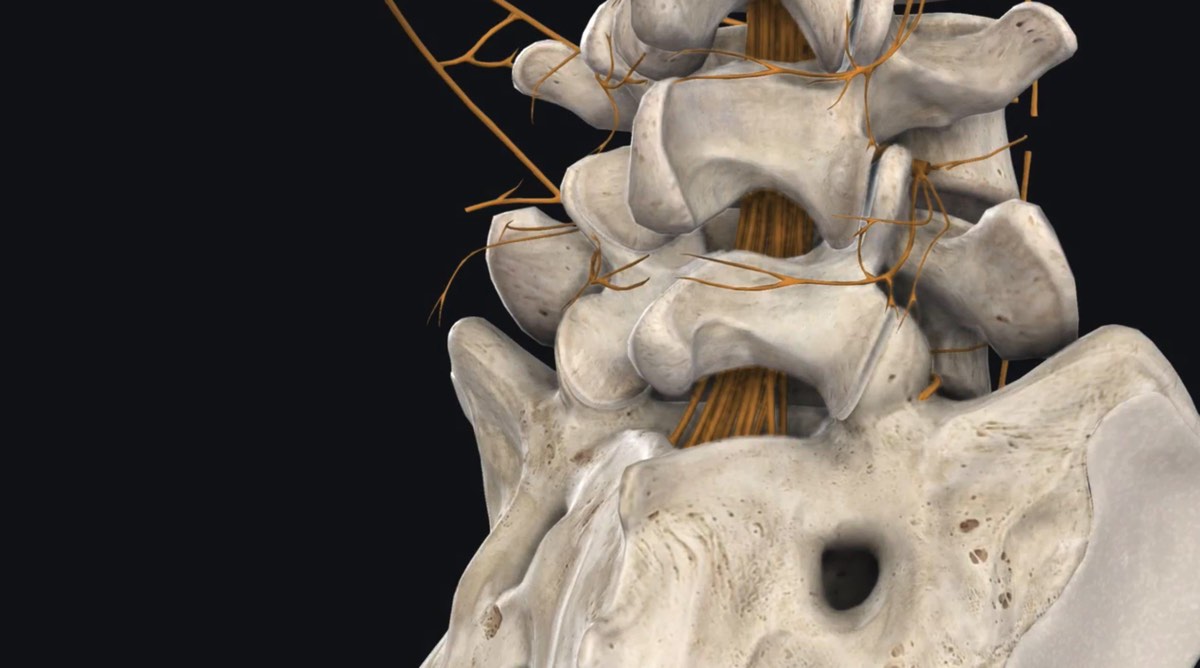Noncardiac surgery relatively OK in elderly with severe asymptomatic aortic stenosis
Reuters Health • The Doctor's Channel Daily Newscast
Severe aortic stenosis is a known predictor of operative cardiac risk, but it hasn’t been clear whether asymptomatic patients need valve repair before they can undergo noncardiac surgery, said senior author Dr. Hari P. Chaliki, from the Mayo Clinic, Scottsdale, Arizona, and colleagues.
As the researchers reported online February 22nd in the American Journal of Cardiology, they compared outcomes of noncardiac surgery in 30 older patients with severe asymptomatic aortic stenosis and 60 matched controls with mild-to-moderate stenosis.
All patients were at least 75 years old (the mean age was 78). More than 90% of the surgeries were elective, and except for one case patient and three controls, the procedures were all low or intermediate risk.
The main endpoint was a composite of death, myocardial infarction, heart failure, ventricular arrhythmias, and intraoperative hypotension requiring vasopressor use. Patients with severe stenosis had a higher rate than controls — 33% vs. 23% — but the difference was not statistically significant.
In terms of specific outcomes, patients with severe stenosis required vasopressors more often (30% vs. 17%), but again the difference was not significantly different.
Each group had a myocardial infarction rate of 3%. No patient with severe stenosis died or developed heart failure or arrhythmias. The control group had one death and one case of an arrhythmia.
“The present study has shown that elderly patients with asymptomatic severe aortic stenosis can undergo moderate-risk, noncardiac surgery without major cardiac events,” the authors conclude.
Reference:
Am J Cardiol 2010.









